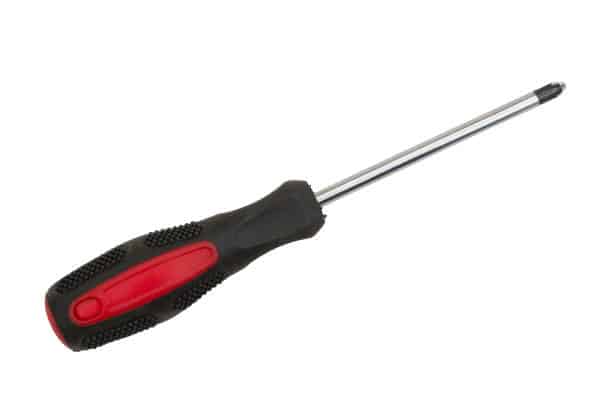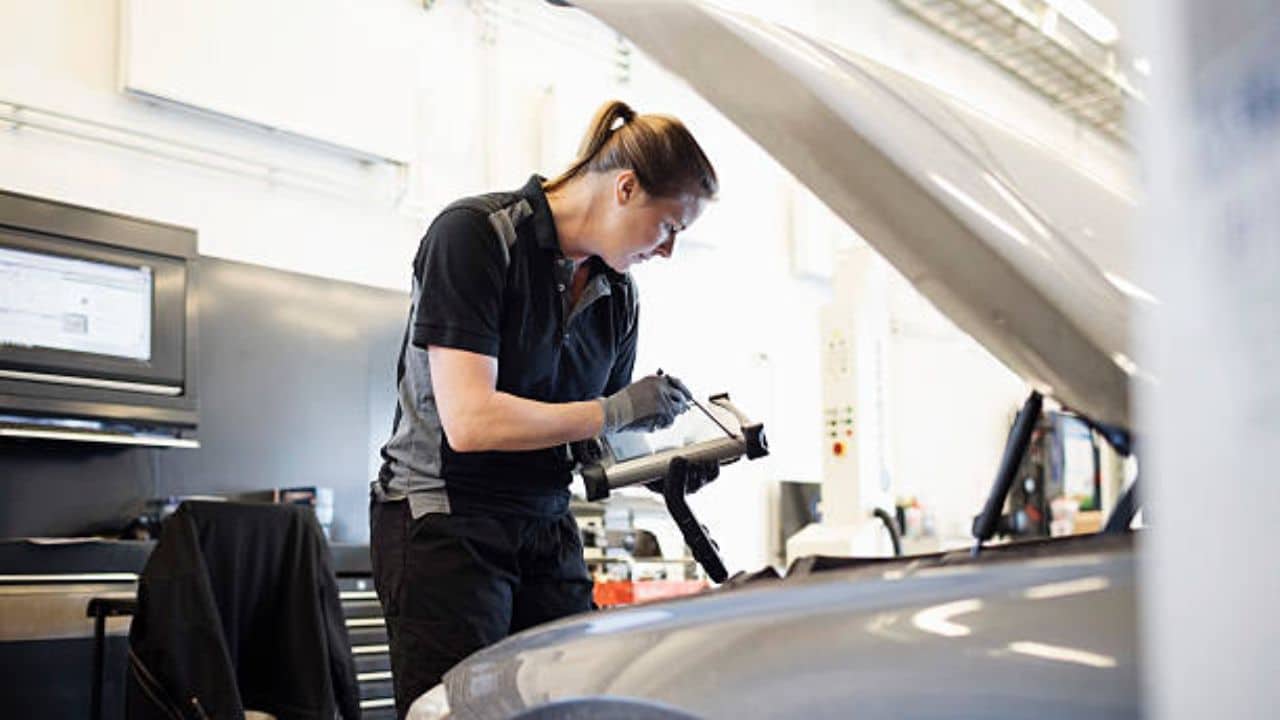Safecracking, often depicted in movies as a thrilling and high-stakes endeavour, is a fascinating blend of art, science, and technical skill.
The very concept of breaching the impenetrable security of a safe evokes an air of mystery and intrigue. But how does safecracking work?
From classic combination locks to advanced electronic systems, the methods used to manipulate and bypass these formidable barriers are as diverse as the safes themselves.
In this guide, we have provided valuable tips and guides on how safecracking works.
Table of contents
What is Safecracking?
Safecracking is the process of opening a safe without either the combination or the key. It is a skilled and often dangerous profession that has been around for centuries. Safecrackers use a variety of techniques to open safes, including:
- Combination picking: This is the most common method of safecracking. The safecracker uses a set of picks or a device called a “spinner” to rotate the tumblers in the combination lock until they are aligned correctly.
- Dictionary attack: This method is used for older safes that have a limited number of possible combinations. The safecracker uses a book called a “combination dictionary” to try all of the possible combinations until they find the right one.
- Drilling: This method is used for safes that are too strong to be opened by conventional methods. The safecracker will drill a hole into the safe and use a tool to manipulate the locking mechanism inside.
- Blasting: This method is used for very secure safes that cannot be opened by any other means. The safecracker will use explosives to blow the safe open.
Safecracking is a crime, and safecrackers are often prosecuted if they are caught. However, there are also legitimate uses for safecracking, such as when a safe owner has lost the combination or key. In these cases, a professional safecracker can be hired to open the safe without damaging it.
Tools and Techniques for Safecracking
Safecracking involves various tools and techniques used to manipulate locks and gain unauthorized access to safes. It’s important to note that using this knowledge for illegal purposes is strictly prohibited.
However, understanding these methods can be helpful for security professionals and locksmiths in ensuring the safety and integrity of safes.
Here are some tools and techniques commonly associated with safecracking:
1. Lockpicking Tools:
Lockpicking sets consist of various tools such as tension wrenches, picks, rakes, and specialized tools designed for manipulating the internal mechanisms of locks. These tools are used to try and manipulate the lock’s pins, levers, or other mechanisms to unlock the safe without the correct key or combination.
2. Stethoscope or Listening Device:
Sound amplification tools like stethoscopes or specialized listening devices help safecrackers listen for the subtle sounds made by the internal components of a combination lock as it’s being manipulated. By identifying the clicks or subtle movements within the lock, they can deduce the correct combination.
3. Drilling Tools:
Sometimes, drilling is used as a last resort to bypass the lock mechanisms or security features. Diamond-tipped drills or specialized bits are employed to create holes in specific parts of the safe, allowing access to the locking mechanism or internal components.
4. Scopes and Cameras:
Fibre-optic scopes or small cameras with lighting capabilities can be inserted into drilled holes to visually inspect the internal workings of the safe. This method allows the safecracker to gain insight into the lock’s mechanism or the arrangement of tumblers.
5. Manipulation Techniques:
Skilled safecrackers might employ manipulation techniques involving a deep understanding of lock mechanisms.
This might include methods like dialling a safe’s combination through precise measurements and identifying subtle differences in resistance or sounds while turning the dial.
Legal and Ethical Considerations
The legal and ethical considerations of safecracking are complex and vary depending on the jurisdiction. However, some general principles apply in most cases.
Legality
Safecracking is generally illegal if it is done without the consent of the safe owner. This is because safes are considered to be private property, and damaging or opening a safe without permission is considered theft or trespass.
In some cases, safecracking may be legal if it is done by a law enforcement officer with a warrant, or if it is done by a professional safecracker who has been hired by the safe owner.
Ethics
Even if safecracking is legal, it may not always be ethical. For example, it would be unethical to safecracker a safe that contains personal belongings, such as family heirlooms or private documents.
It would also be unethical to safecracker a safe that contains valuable assets, such as money or jewellery if the safecracker does not intend to return the assets to the safe owner.
How does safecracking work?
Safecracking is the practice of using several techniques to go around or tamper with a safe’s locking systems to enter without authorization. This is a summary of how safecracking operates:
1. Recognizing the Safe
First, safecrackers determine what kind of safe they are working with. This involves being aware of the construction materials, possible weaknesses, and the type of lock (combination, key, electronic, etc.).
2. Determining Weaknesses:
Safecrackers search for flaws in the locking system or design of the safe. This could involve taking advantage of shoddy construction, recognized vulnerabilities in specific lock types, or design defects.
3. The act of lockpicking:
Competent safecrackers may employ speciality tools like tension wrenches and lockpicks for mechanical locks, such as combination locks. These instruments are used to replicate the proper key or combination and unlock the safe by manipulating the internal lock parts, such as tumblers or pins.
4. Manipulation Techniques:
A thorough grasp of the safe’s operation is required for some safecrackers to employ manipulation techniques. This could involve rotating the dial of a combination lock and listening for faint clicks or variations in resistance to figure out the proper combination.
5. Drilling
Drilling is a last option for safecrackers or in case other strategies fail. To get around the locking system or access interior components entails drilling precise holes in particular areas of the safe. This technique is occasionally combined with scopes or cameras to visually examine and adjust the internal components.
7. Resilience and aptitude:
Safecracking calls for knowledge, expertise, and patience. It frequently entails trial and error, necessitating several tries and modifications to the selected approach until success is attained.
FAQs
Safecracking involves using specialized tools and techniques to manipulate the locking mechanism of a safe to gain unauthorized access.
Safecracking requires specific knowledge and skills, so it is not something that can be easily learned by just anyone.
Safecracking is illegal unless done with proper authorization or consent from the owner of the safe.
Conclusion
Understanding the intricacies of safecracking involves a combination of technical knowledge, patience, and skill.
By delving into the various methods and tools used by both professionals and criminals, we gain valuable insight into the vulnerabilities of modern safes. Moreover, the ethical implications of this skill cannot be overlooked, as it serves as a reminder of the importance of robust security measures.
As technology continues to evolve, individuals and businesses must remain vigilant in safeguarding their valuables. With this in mind, staying informed about safecracking techniques can help in developing more secure solutions and protecting against potential threats.





